Olympic Line Free Public Streetcar
People will have a new way to get around during the Vancouver 2010 Olympics with the Olympic Line streetcar.
This Bombardier Flexity light-rail electric streetcar (on loan from Brussels) will be in operation January 21st until March 21st, 2010.
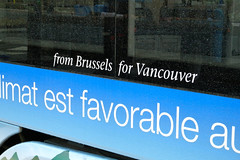
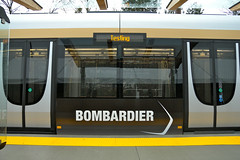
Running from just outside the Olympic Village Canada Line station (on the False Creek side of 2nd & Cambie), it will shuttle passengers to Granville Island and back in style.


For those of you who love transit talk, this bi-directional beauty’s got a minimum horizontal curve radius of 15m, it will run on 1.8km of track (with 150m of dual track so trains can pass each other), maximum speed 70km/h, 105Km motor power, anti-lock brakes, fits 50 passengers (seated) and 128 passengers (standing), and has two locations for bikes or strollers.


I got the chance to sit in the driver’s seat today (along with John) and have all the fancy levers and buttons explained to me. From touch-screens to security cameras, the operators will have full controls at their fingertips.
According to the Bombardier rep, “for us this is an opportunity to showcase the first, 100% low-floor streetcar in North America.” In partnership with the City they’re inviting folks from across the continent to come up and ride the line during its time in Vancouver.
Hat tips to the Downtown Historic Railway for the use of the track for this trail period for the streetcar. Vancouver has a fine 60+ year history of streetcar systems (such as the Interurban) and I’m sure many would like to see this mode of light transit return to our region.


The ribbon cutting will take place January 21st at a public ceremony where all are encouraged to come check out the Olympic Line. Starting at 9:30am, you can ride the streetcar and receive a commemorative first rider certificate. Olympians and Paralympians as well as the Vancouver 2010 mascots will be around while live music entertains visitors.
After the ceremony, the Olympic Line will run 18 hours a day (6:30am – 12:30am), 7 days a week, with zero fares. Once the Games are over, the train will be leaving town but hopefully Vancouverites get a taste of what a light-rail streetcar system would be like if restored in our city.
More information:
Follow @2010Streetcar on Twitter for updates.
View more photos of the preview today in John’s Flickr set.
View more photos of the preview today in my Flickr set.
Stephen Rees was there today as well and he has a post up here.
Update March 13, 2010 The streetcar is one of many attractions staying open during the Paralympic Games. Today at 1:30pm Bombardier and the City of Vancouver will celebrate having its 500,000th rider.
Update April 4, 2010 This post has been republished due to a malware attack on my site and as a result comments have been lost.
Update May 18, 2010 From News1130: The Olympic Line Streetcar has won an award from the Canadian Urban Transit Association, after carrying more than 550,000 passengers during the Games, without a single reported problem. The line–which ran along False Creek between January and March–was a partnership between the City of Vancouver and Bombardier. Two streetcars brought to Vancouver from Brussels made more than 13,000 one-way trips during the demonstration project . Daily ridership during the Olympic Games peaked at 25,400.

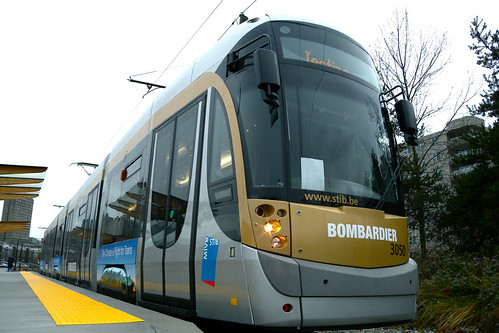

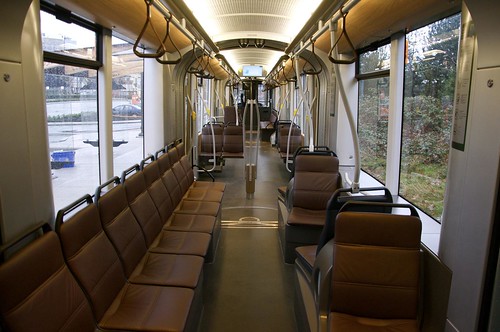
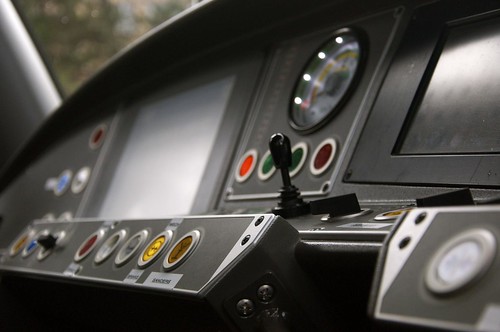
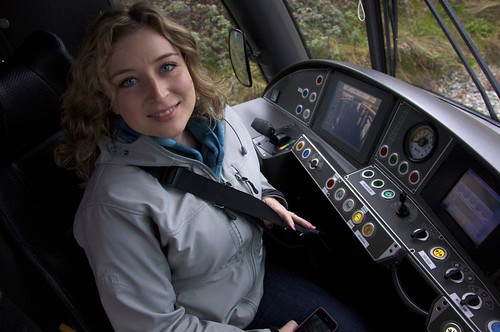
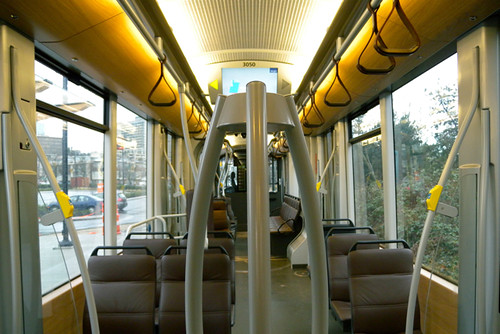
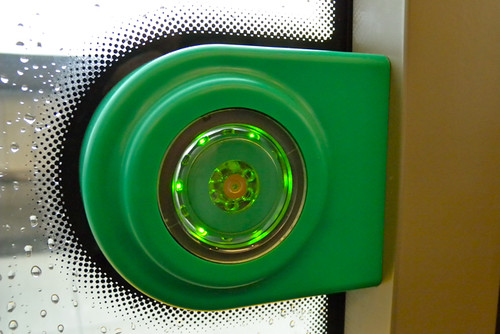

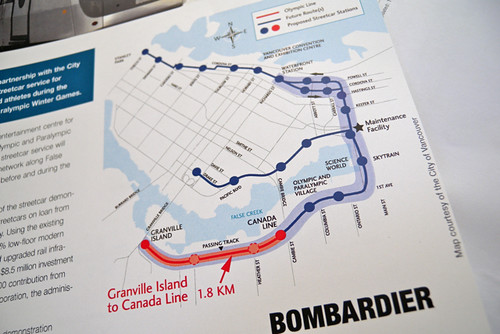
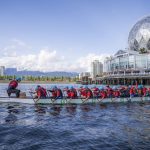









1 Comment — Comments Are Closed
I am a transit employee from Melbourne, Australia (where we operate the largest tram – what is locally termed streetcar – and light rail network in the world), currently visiting Vancouver. I would like to know if there has been any announcement from local government if the demonstration line was a success and they are considering developing a streetcar/lightrail network.
A brief history: Melbourne is the capital of the state of Victoria with a population of 3.5 Million+ residents (City and Suburbs) with a mix of rapid/heavy rail, trams/lightrail and bus transit. Transit, unfortunately, carries less than 10% of commuters due to a lack of investment by successive state governments for the past fifty years. The state operated all rail public transit (heavy and light rail) and some bus routes until 11 years ago when the then right-wing government privatised the entire system. There has been little improvement since privatisation due to the nature of the contracts between the government and the monoplies that manage them, with the current left-wing government delaying financial support for transit improvements, even though transit ridership has increased to beyong breaking point.